Mercedes-Benz Vans Launches the new eSprinter
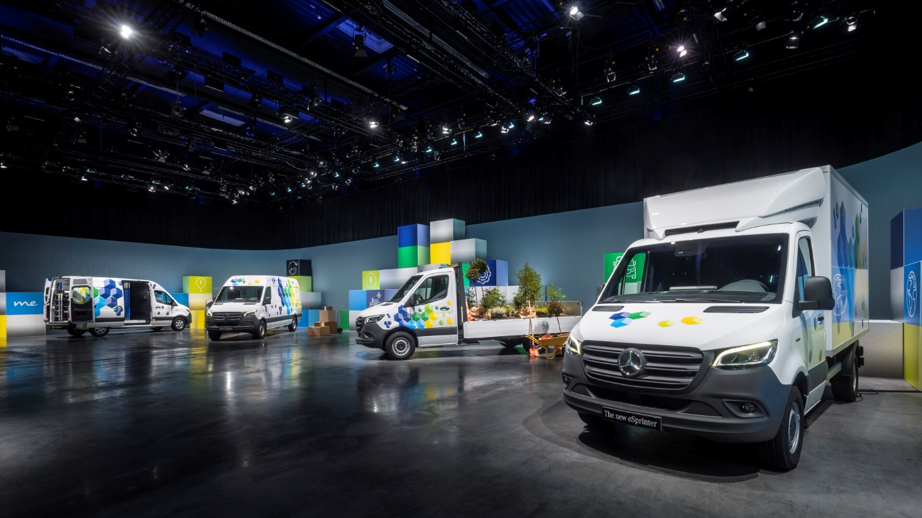
The new eSprinter is a truly global citizen and impresses with efficiency, range, and load capacity: It will emphasise the promise to "Lead in Electric Drive" in roughly 60 markets in the future when it arrives in South Africa in 2024. All model series are being methodically electrified by Mercedes-Benz Vans.
The new eSprinter is built on a novel idea that consists of three parts and boasts numerous technological advancements. These provide designers with the most creative latitude when creating the many modifications and superstructures that were previously only available with conventionally powered Sprinters.
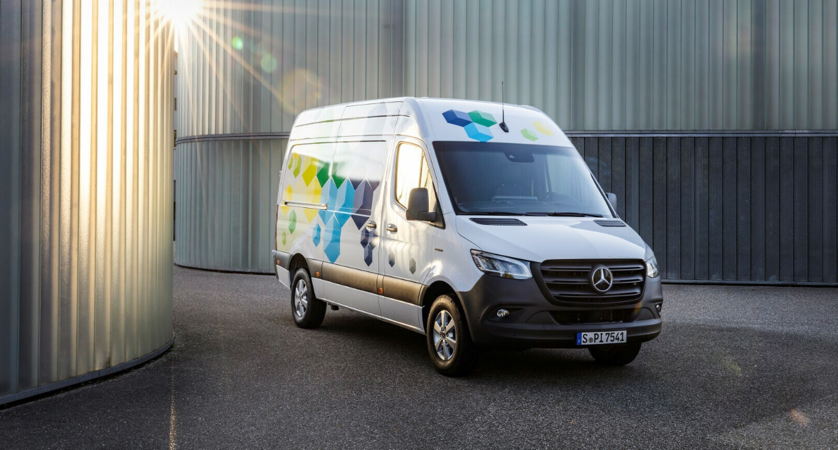
No matter the wheelbase or battery capacity, the front module, a front portion with a standard design, contains all high-voltage components and may be integrated with any vehicle type. In order to conserve space, the integrated high-voltage battery module is situated under the body. Because of the battery's placement between the axles and the sturdy battery container, the vehicle has a low centre of gravity, which improves handling and boosts safety while driving. The rear module with the electrically driven back axle serves as the third pillar of the modular architecture. All variations of the new eSprinter employ this method, which is based on the shared parts concept. The rear module also incorporates a small, strong electric motor.
The new eSprinter has received about 350 million euros in investment from Mercedes-Benz. The three plants in Charleston, Düsseldorf, and Ludwigsfelde will each receive an investment of about 50 million euros to modify their manufacturing. The new eSprinter's modular design enables optimum production synergies and associated economies of scale.
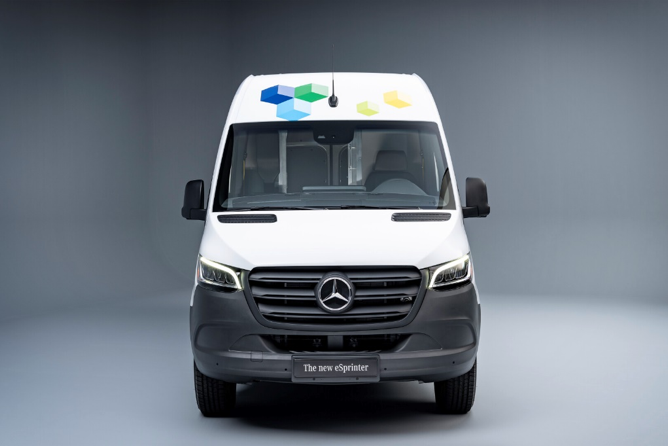
The brand-new eSprinter is adaptable and effective
In the second half of 2023, the new eSprinter's market debut will start in the USA and Canada. The car is a lengthy panel van with an elevated roof. It boasts the biggest battery on the market, with a usable capacity of 113-kilowatt hours. 14 cubic metres of load space are available, and a gross truck weight of 4.25 tonnes is allowed. Based on a simulation utilising the WLTP cycle, the electric range will be up to 400 kilometres. The WLTP city cycle will be used to simulate a range of up to 500 kilometres. The car is great for longer trips because of these ranges.
The panel van's first version will be introduced in Europe by the end of 2023, with the cab chassis and more battery versions coming later. Because of this, the eSprinter appeals to converters and body makers as well as a variety of new industries as a basis vehicle.
In South Africa, the eSprinter will make its eagerly awaited premiere in 2024.
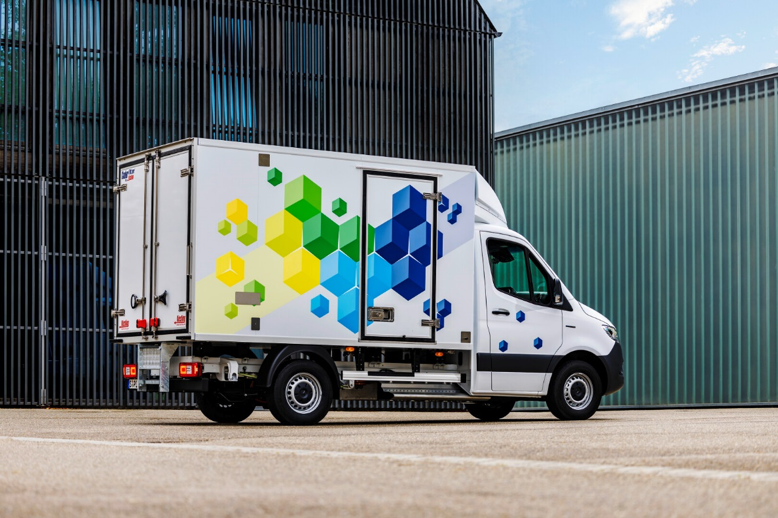
It is not visible from the outside of the Mercedes-Benz eSprinter, but it is evident if you look at the technology that has been put in the car and the cloud-based services that are part of the Mercedes me digital ecosystem. The focus is always on providing customers with more value.
The electric powertrain (eATS)
The effective motor and the novel electric rear axle, both of which are being employed for the first time in a battery-electric vehicle from Mercedes-Benz, are the two new advancements that make up the eATS in the new eSprinter.
The permanent magnet synchronous motor (PSM), which is just 130 kilos in weight, is distinguished by particularly high efficiency and improved thermal management. The motor has two power levels with a peak output of 100 or 150 kilowatts and can produce 400-newton metres of torque.
In addition to the traditional panel van, cab chassis variants are made available by the electrically driven rear axle. This benefits the customer in terms of superstructures, modifications, vehicle lengths (A2 and A3), maximum gross vehicle weight (up to 4.25 tonnes), and trailer loads (up to 2 tonnes).
High-voltage battery and charging
Depending on their specific range and payload requirements, customers can select one of three batteries for the new Mercedes-Benz eSprinter: a battery with a useful capacity of 56, 81, or 113-kilowatt hours. The battery types can be kept cobalt- and nickel-free thanks to lithium/iron phosphate (LFP) cell chemistry, and intelligent thermal control assures optimal effectiveness. The new eSprinter, like all Mercedes-Benz eVans, can charge using both direct current (DC) and alternating current (AC) (DC). The onboard charger has a maximum output of 11 kilowatts and converts the current in the car while charging with alternating current, such as at a Wallbox.
Fast-charging stations may provide up to 115[5] kilowatts of power to charge the new eSprinter. Fast charging for consumers implies that the 56 kWh battery and the 113 kWh battery require about 28 minutes and 42 minutes, respectively, to charge from 10 to 80 percent of full capacity.
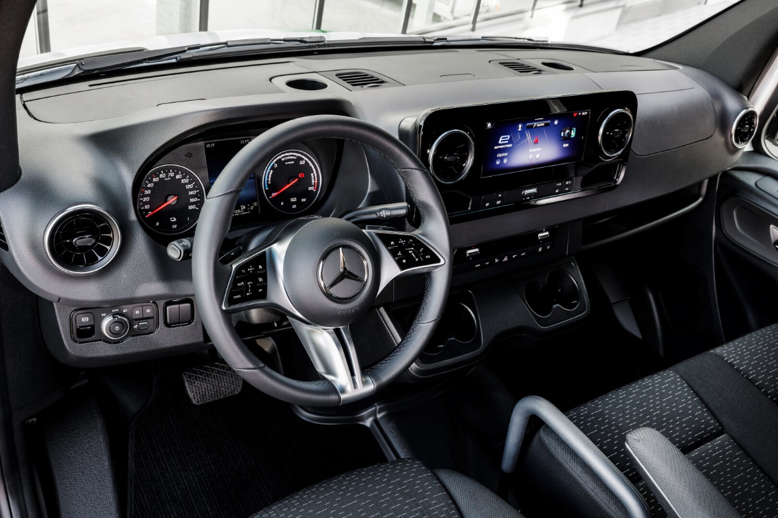
Digitisation and infotainment with MBUX and Mercedes me
In terms of digitization and infotainment, the new eSprinter also makes a strong impression. It features the cutting-edge Mercedes-Benz User Experience (MBUX) with the most recent software version, which was previously only available to consumers of Mercedes-Benz passenger cars. Customers can live a simpler life with an electric vehicle thanks to a variety of features and services. The highest level of planning certainty is feasible when using "Electric Intelligence" in navigation. For instance, it displays the current range in real-time based on the terrain of the route and the current traffic condition.
Additionally, it determines the ideal charging plan to use in order to reach the target state of charge (SoC) or travel as rapidly as feasible. Simple MBUX authentication at the charging station is used, and Mercedes me is used for payment. Additional advantages include enhanced performance, numerous personalization options, and "Hey Mercedes" voice control assistant optimizations.
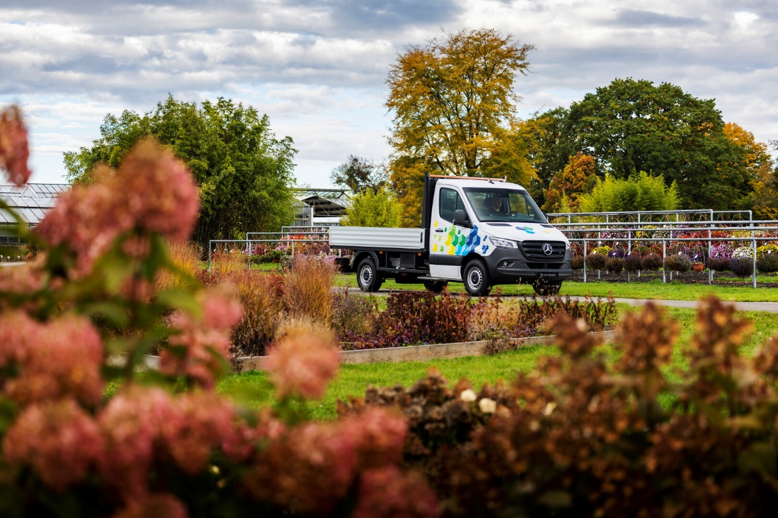
Mercedes-Benz and sustainability
Mercedes-Benz is taking a comprehensive approach with Ambition 2039 as it moves towards a future of mobility that is entirely electric. The CO2 neutrality of the new car fleet, which is firmly rooted in the sustainable business strategy and partially includes offsets, is one of the transformation's most significant aims. This objective is reflected in Ambition 2039 and the "Electric only" strategy at Mercedes-Benz AG. This goal is to have all new passenger vehicles and vans be CO2-neutral at all stages of the value chain by 2039, which is eleven years earlier than what is required by EU law, partially including offsets.
See the Sustainability Report at https://group.mercedes-benz.com/sustainability/ for more details on Ambition 2039 and the sustainability initiatives.
